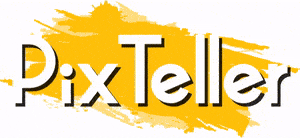Logos Influence Customer Perception and Boost Conversions (Full Guide)
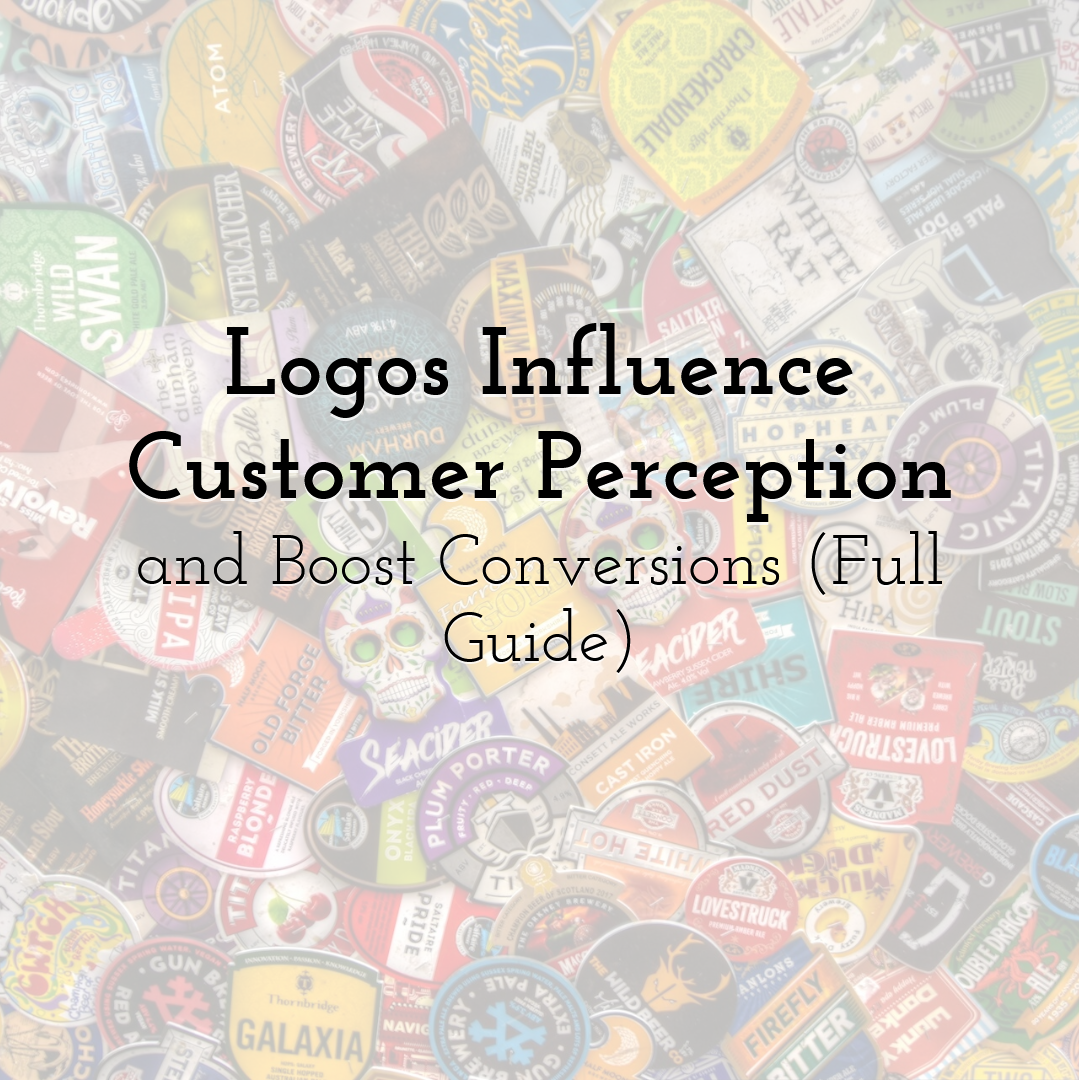
In my years as a designer and founder of Turbologo, I’ve seen one truth repeatedly confirmed: a logo isn’t just a decorative mark — it’s your silent brand ambassador. If it doesn’t evoke trust, clarity, and relevance, it quietly erodes your conversions. In this guide, I’ll walk you through how logo design shapes customer perception and what you can do about it — with practical examples, branding psychology, and design principles that work.
Why customer perception matters — and how logos shape it
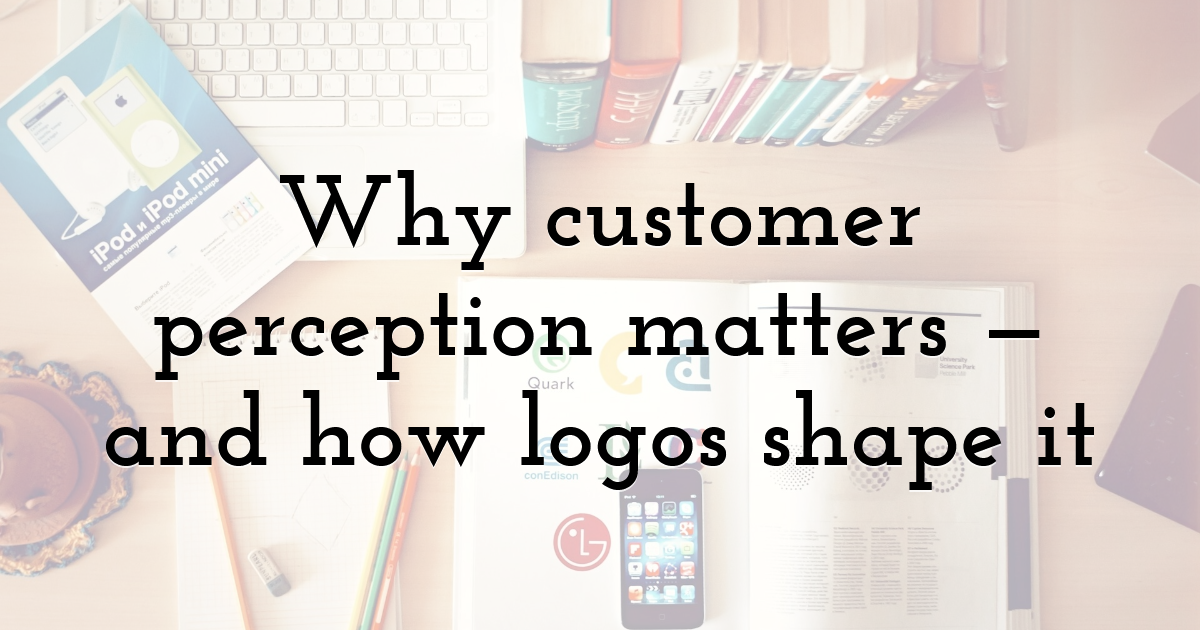
Before diving into conversions, let’s start with something more primal: perception. Customers form first impressions in under 0.1 seconds. And in many cases, that impression is shaped almost entirely by the logo. This isn’t just theory — it’s backed by research.
Visual elements like color, shape, and typography trigger subconscious associations. A serif font might say “trustworthy and established.” A red circle might say “dynamic, energetic.” The key is not to guess — but to guide that perception.
The psychology of logo design: how it really works
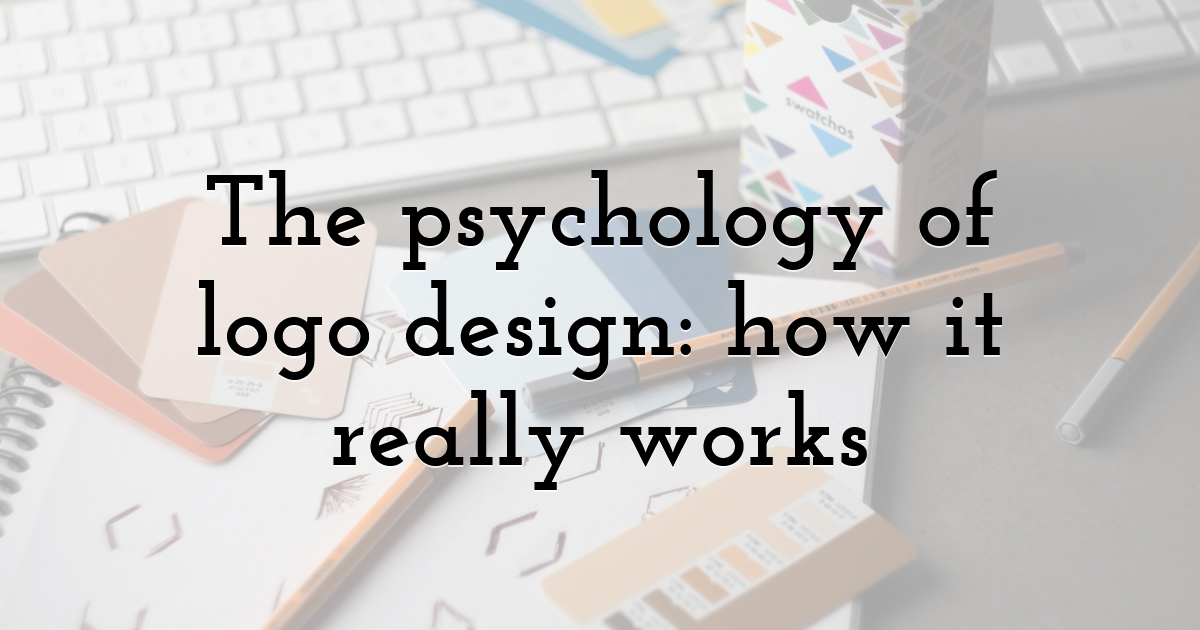
Color psychology: the fastest communicator
Colors aren’t just decoration — they’re fast, emotional signals. Here’s a short breakdown:
| Color | Emotion Triggered | Example Brands |
|---|---|---|
| Blue | Trust, calm, professionalism | Facebook, PayPal |
| Red | Energy, passion, urgency | Coca-Cola, YouTube |
| Green | Growth, freshness, health | Spotify, Whole Foods |
| Black | Luxury, authority, power | Chanel, Nike |
Expert Tip: Use no more than 2 primary colors unless your brand deliberately aims for vibrancy (e.g., children’s brands).
Shape symbolism: what forms say without words
- • Circles suggest community, unity, and friendliness.
- • Triangles convey innovation, movement, or stability depending on orientation.
- • Squares/rectangles imply order, trust, and security.
Geometry influences mood. Think of the difference between the softness of the Airbnb logo and the rigid geometry of IBM.
Typography: the overlooked signal
Font selection sends subtle yet powerful signals. Compare:
- • A handwritten script = personal, creative
- • A geometric sans serif = tech-savvy, minimalist
- • A slab serif = reliable, traditional
Customers notice these things — often subconsciously.
How perception drives conversion
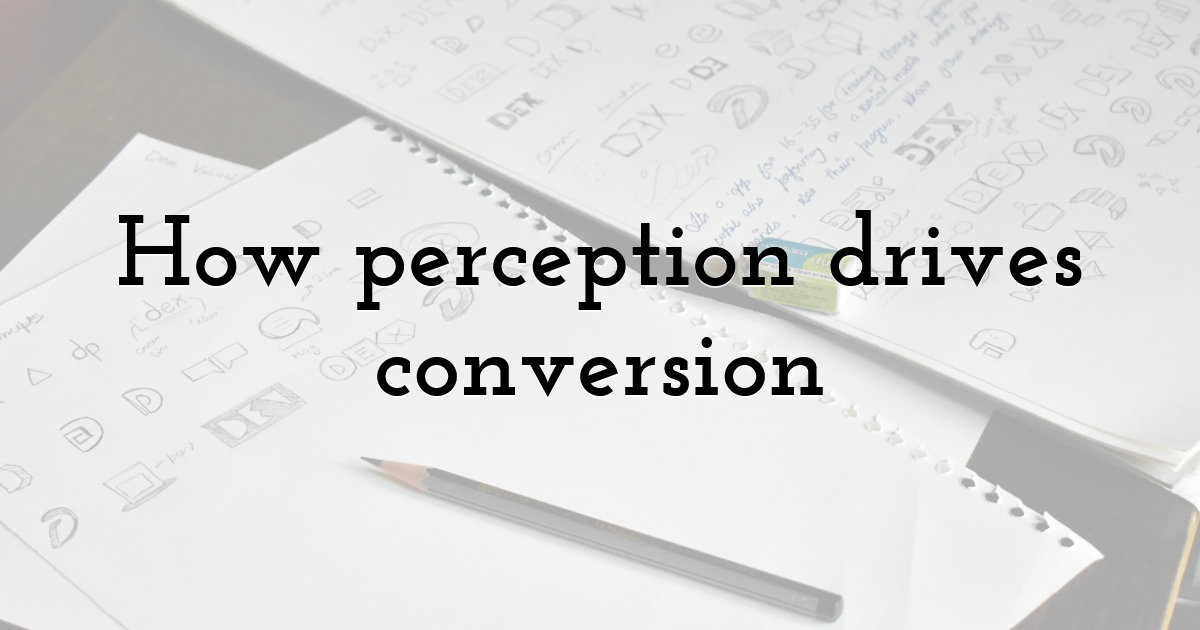
The logic is simple: when a logo aligns with customer expectations, it builds trust. Trust leads to engagement. Engagement leads to conversions.
One study from the Journal of Consumer Research showed that design elements that matched the product’s "utilitarian" or "hedonic" purpose boosted purchase intent.
Utilitarian vs. Hedonic fit
| Logo Type | Best for... | Why it works |
|---|---|---|
| Minimalist, geometric | SaaS, tech, B2B | Signals efficiency, focus |
| Artistic, vibrant | Fashion, food, lifestyle | Conveys emotion, individuality |
Expert Tip: Audit your competitors’ logos. Do they look serious, playful, chaotic? Position yourself intentionally.
Case study: when a logo redesign changed conversions
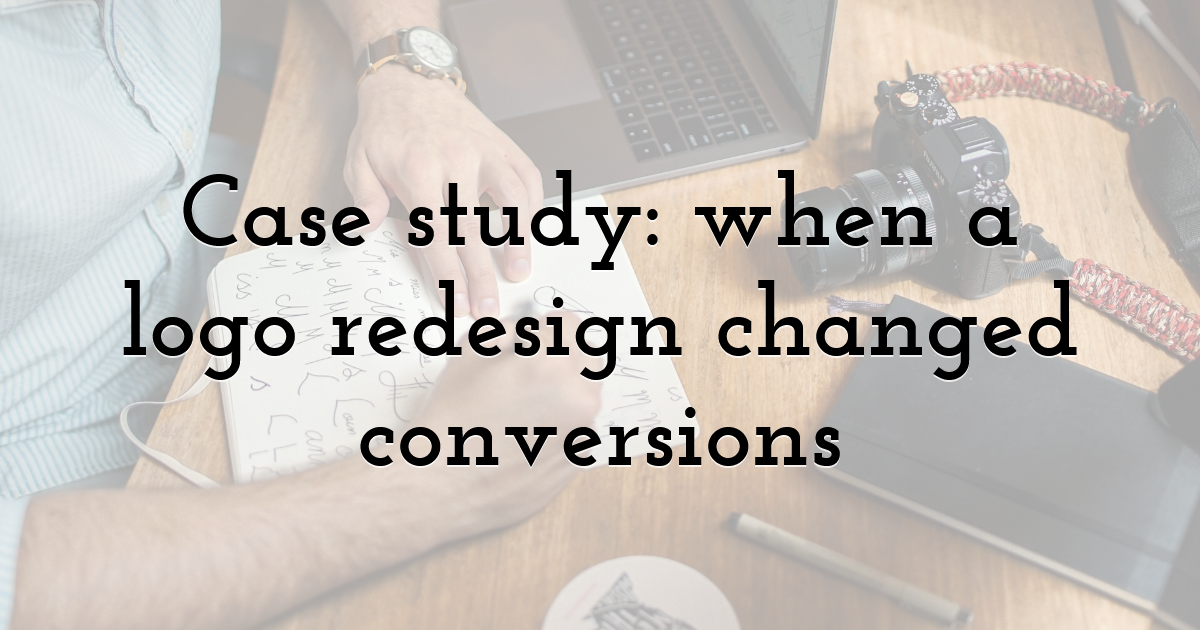
Dropbox's 2017 redesign wasn’t just visual — it was strategic. They moved from a purely blue, techie logo to a more expressive, colorful identity. Why? To support a broader perception: not just file storage, but a creative collaboration space.
The result? Increased brand engagement and stronger association with teams and creativity.
Designing with AI: creating logos with conversion in mind
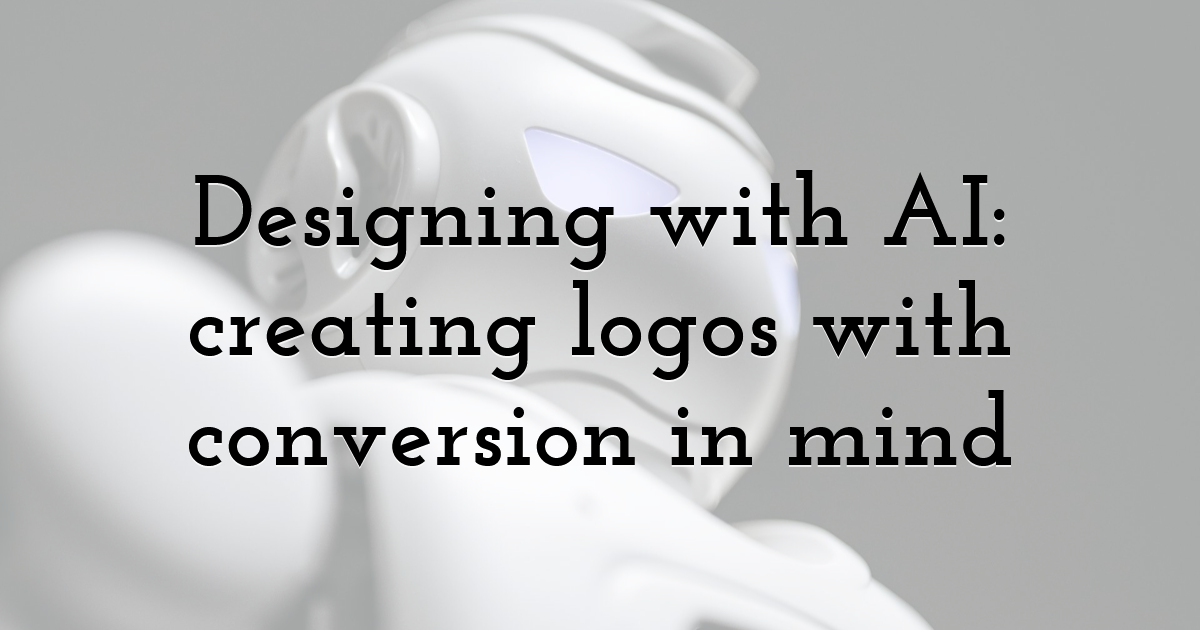
For small businesses or startups, working with a full-service agency might not be feasible. That’s where intelligent tools come in. A good AI logo generator understands these design principles and applies them to your context.
With Turbologo, for example, you enter your business name and select a few preferences. Behind the scenes, the AI matches color psychology, typography alignment, and industry trends — giving you a logo that’s not just pretty, but strategic.
Is it as deep as hiring a branding agency? Of course not. But for many businesses, it’s a fast way to test brand directions, validate ideas, or even start selling.
When your logo hurts you (and you don’t realize it)
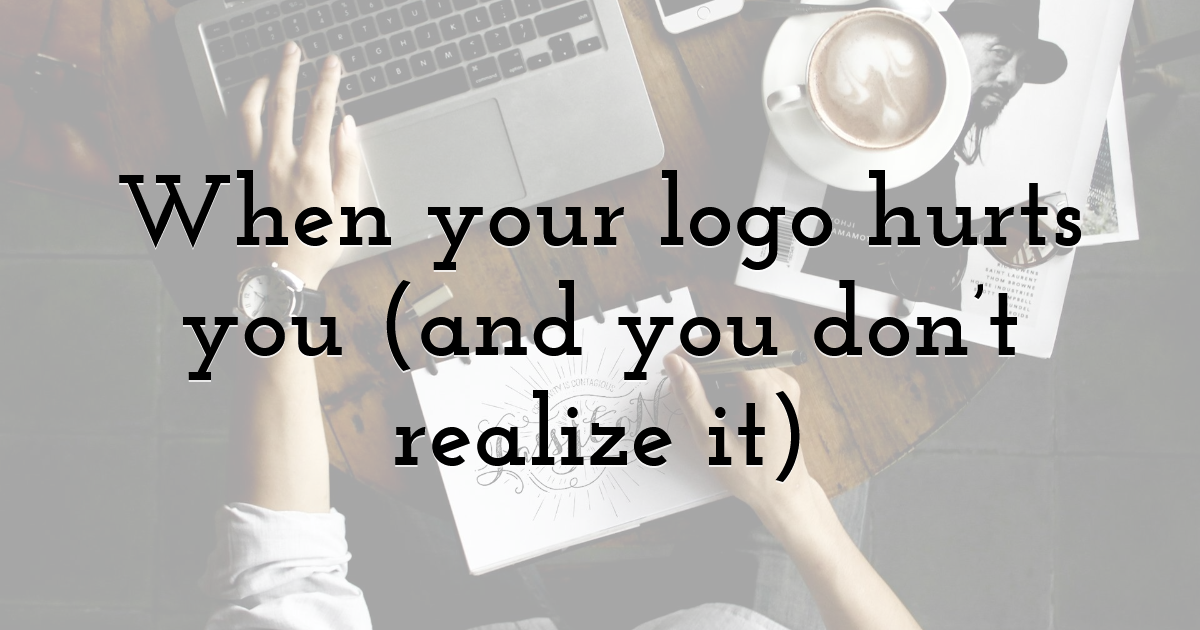
Here are signs your current logo might be hurting perception and conversions:
- • Doesn’t scale well across devices (fuzzy, unreadable)
- • Uses outdated fonts or color schemes
- • Confuses customers about your product category
- • Looks too generic or too similar to competitors
If any of these resonate, it might be time for a redesign.
Actionable checklist: how to test your logo’s impact
- 1. Show your logo to 5 people outside your industry. Ask them what kind of company it represents.
- 2. Compare bounce rates or conversion rates before and after small visual tweaks.
- 3. A/B test logo placement or contrast on key pages.
Final Thoughts:
Your logo is not a formality — it’s a conversion asset. Whether built by hand or generated by AI, it deserves strategic thought. When executed right, it becomes more than just an image.
It becomes trust, emotion, memory, and action.
Frequently Asked Questions
Does my logo really affect conversions?
Yes. Visual branding influences trust, and trust heavily impacts purchase decisions, especially for new customers.
What if I like my logo but it's outdated?
A brand refresh is always an option. Modernize without losing brand equity.
Can AI really create effective logos?
Yes, if it’s built with psychological and industry-based principles — like Turbologo.
How do I know if my logo is working?
Measure engagement, conversions, and brand recall. Use surveys or heatmaps on key pages.
Until next time, Be creative! - Pix'sTory
Recommended posts
-
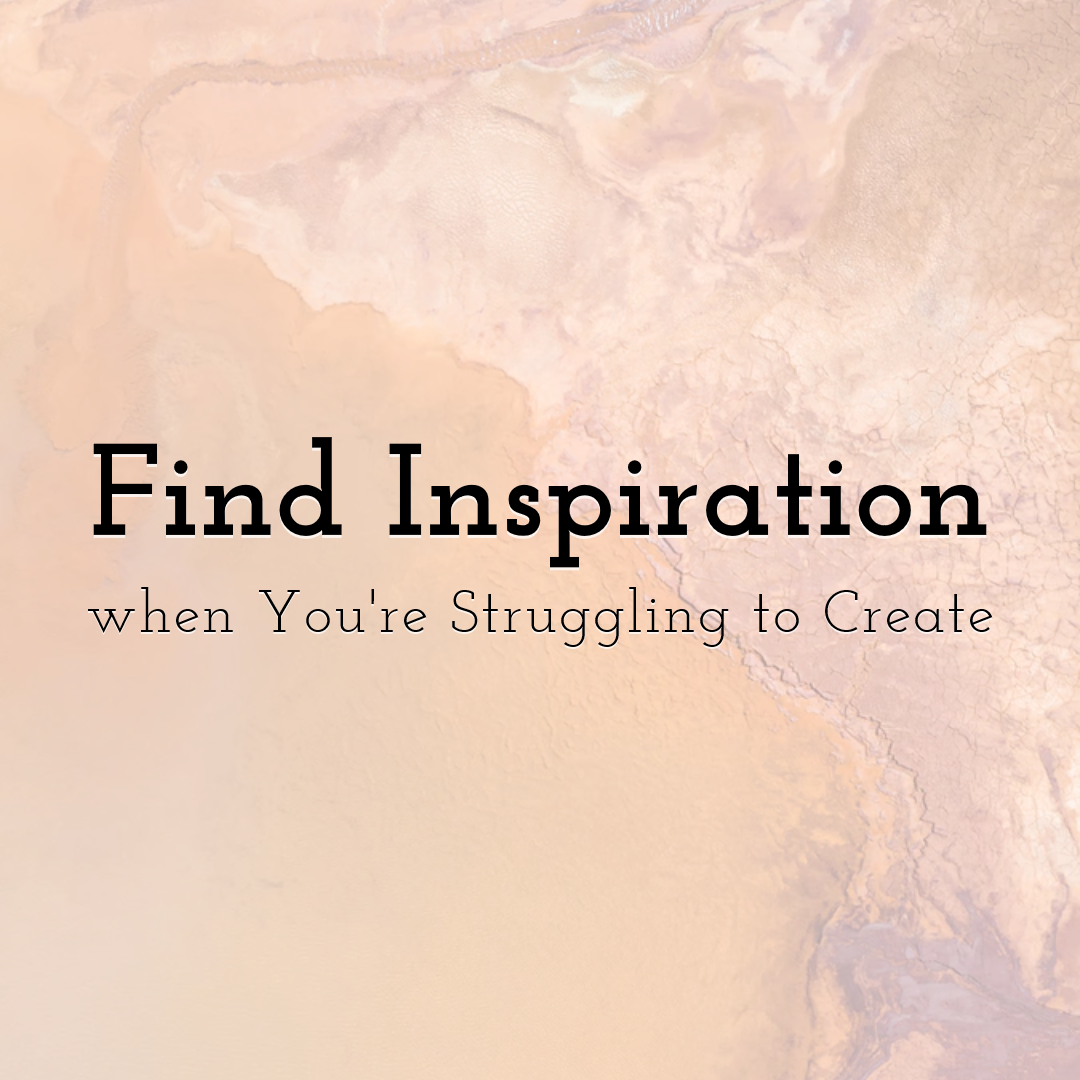
How to Find Inspiration when You're Struggling to Create
Read More › -
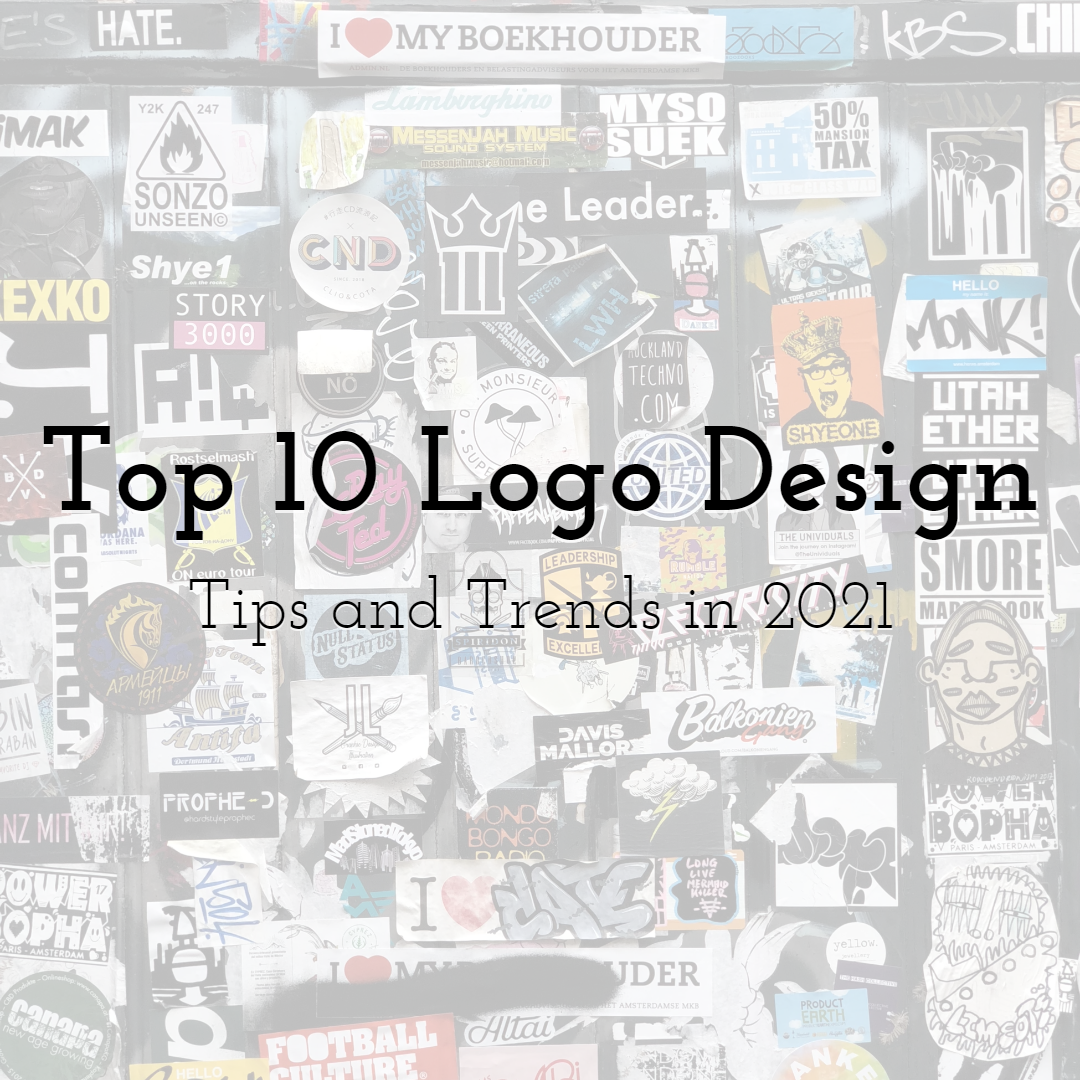
Top 10 Logo Design Tips and Trends in 2021
Read More › -
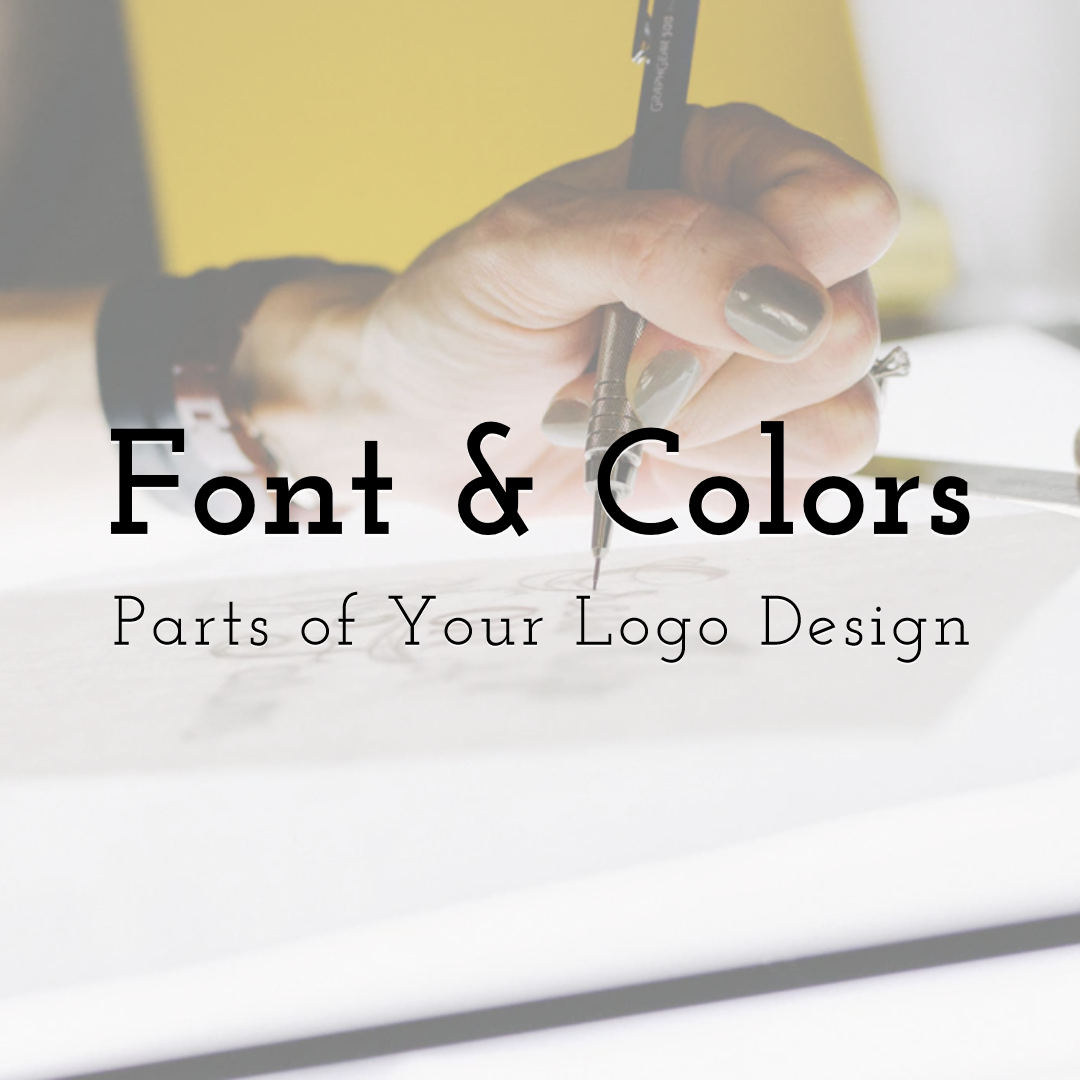
Why Colors and Fonts are Important Parts of Your Logo Design
Read More › -
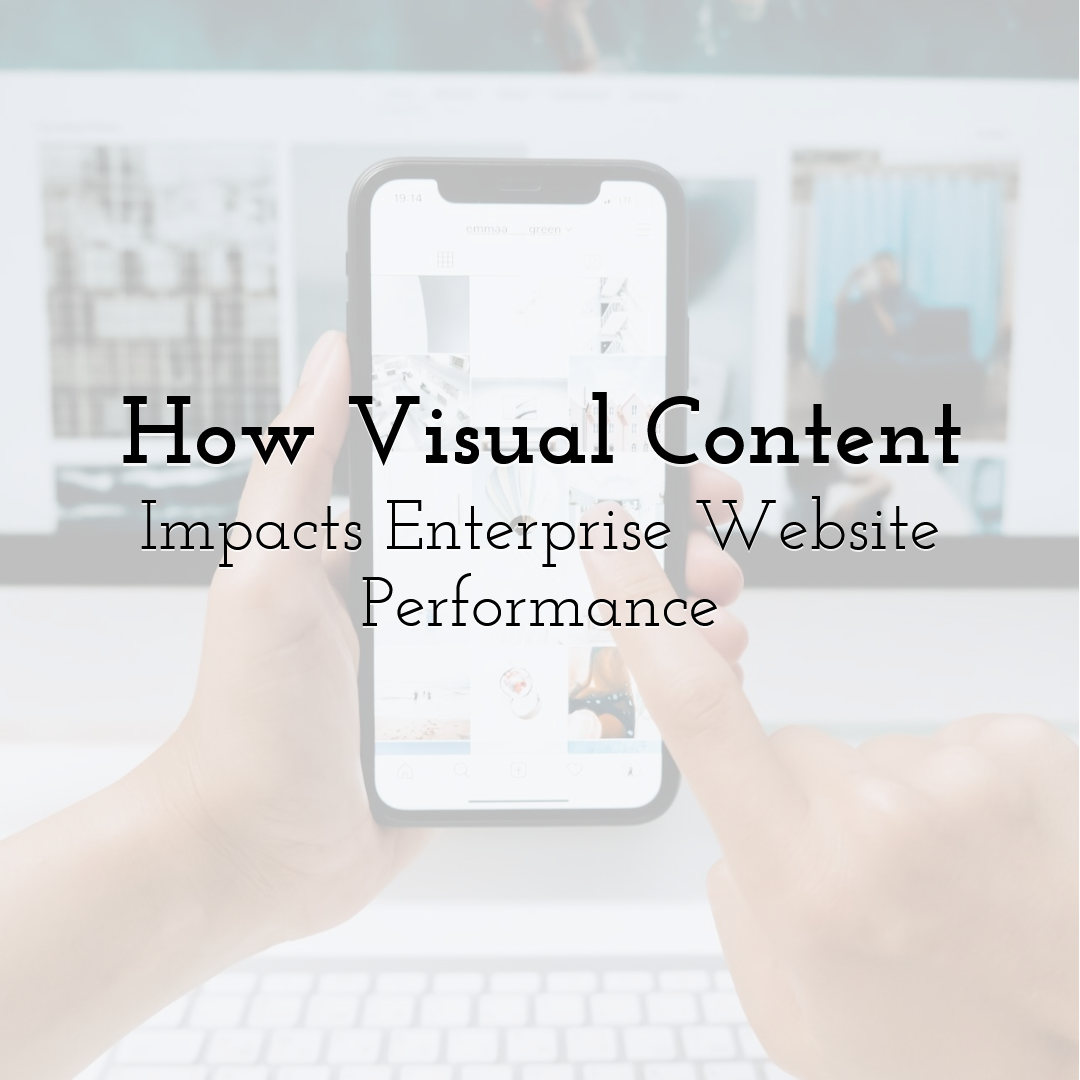
How Visual Content Impacts Enterprise Website Performance
Read More › -
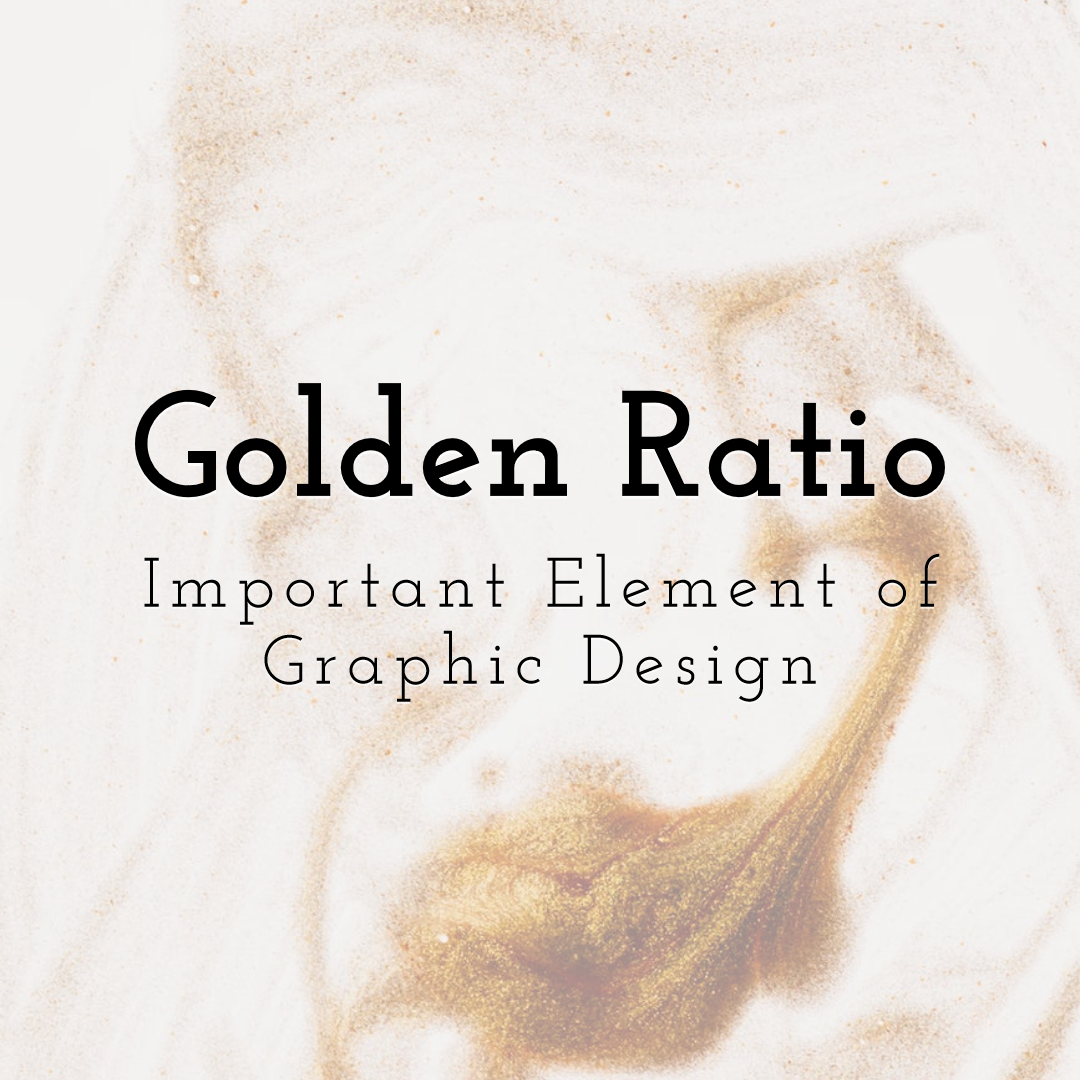
Why the Golden Ratio is an Important Element of Graphic Design
Read More › -
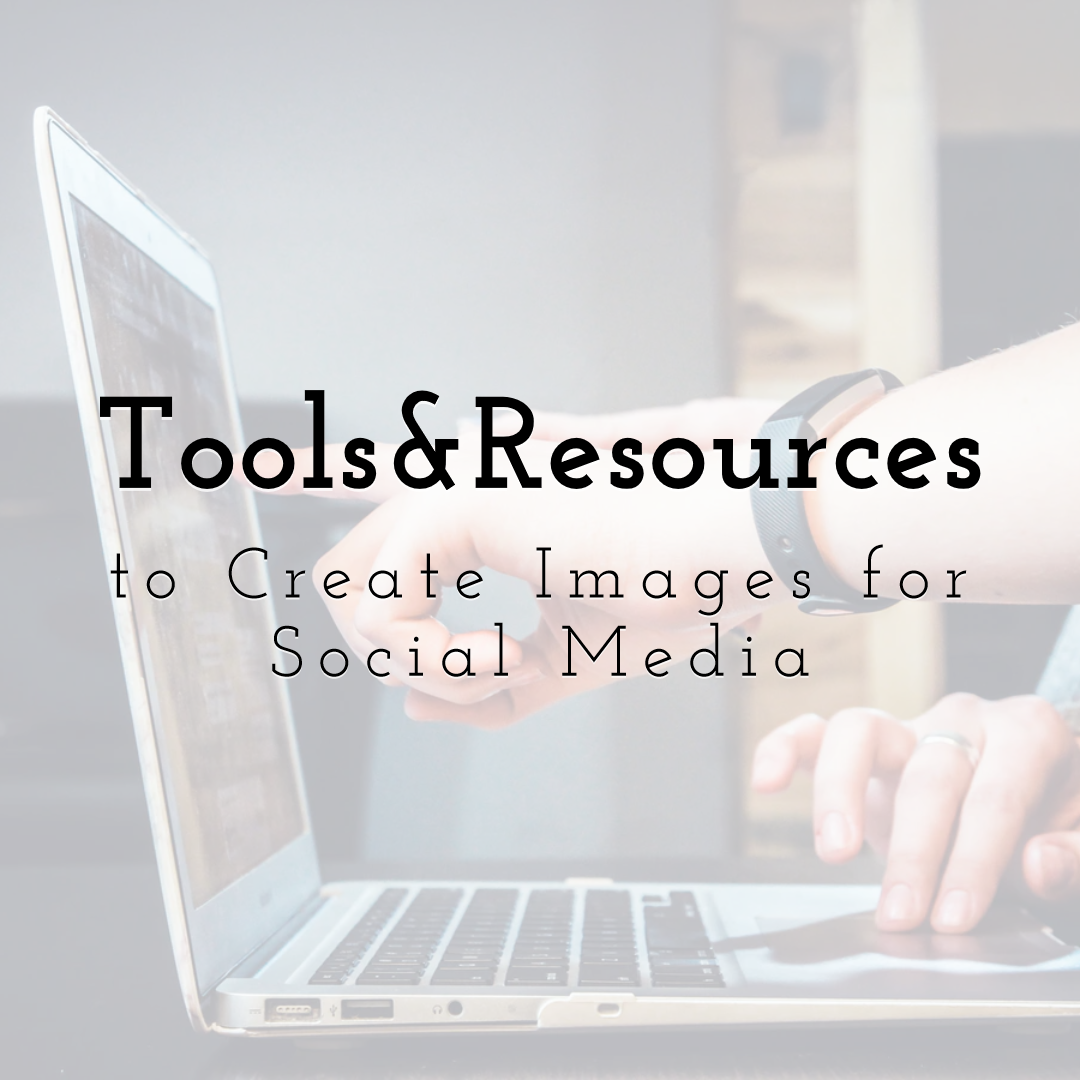
Top Tools and Resources to Create Images for Social Media
Read More ›
